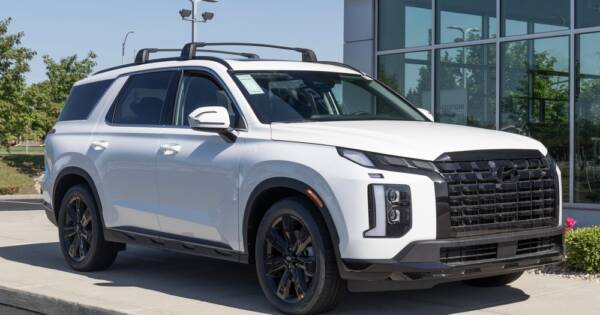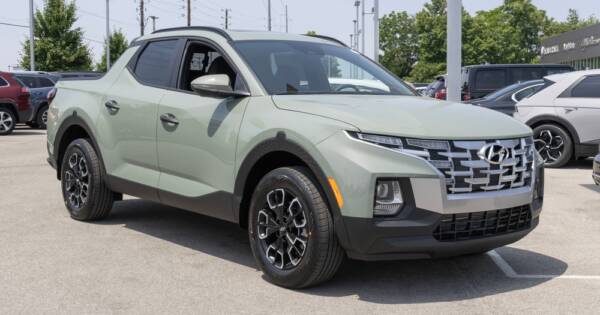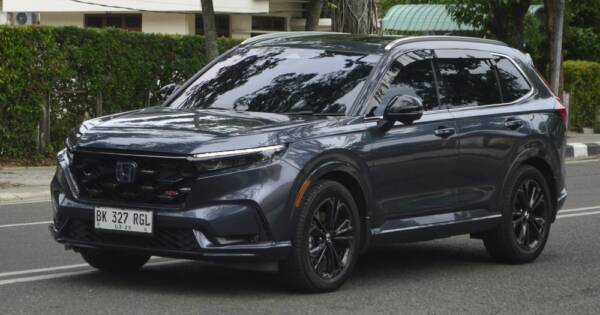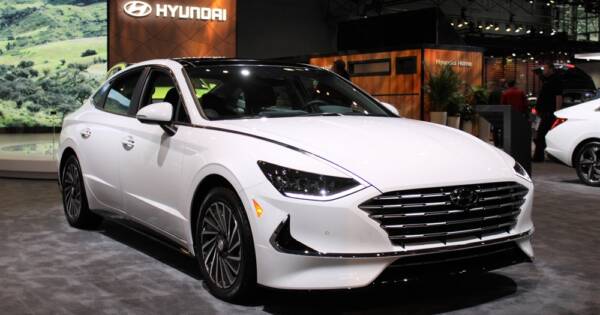As urban areas grow more congested and environmental concerns escalate, tiny electric vehicles (TEVs) are emerging as a transformative option for sustainable travel. These compact, efficient vehicles promise reduced emissions and offer a solution to dense traffic and limited parking. Focusing on convenience and eco-friendliness, TEVs cater to modern needs with a smaller environmental footprint. Their role in redefining urban mobility could signal a shift towards more sustainable commuting options in cities worldwide.
Why Tiny Electric Vehicles?
Tiny electric vehicles boast several advantages that make them ideal for urban environments. Their small size allows for seamless navigation through congested city streets, offering easy parking solutions compared to traditional vehicles. By maximizing efficiency and minimizing spatial impact, TEVs address common challenges faced by city dwellers. These vehicles fit well into the evolving landscape of urban mobility.
With their electric powertrains, TEVs reduce reliance on fossil fuels, aiding in the fight against urban air pollution. The transition to cleaner energy sources aligns with global efforts to mitigate climate change impact. Additionally, reduced noise levels from TEVs contribute to quieter city environments, enhancing quality of life. These factors collectively position tiny electric vehicles as a viable piece of the puzzle in creating sustainable urban transportation systems.
Diverse Applications and Versatility
Tiny electric vehicles can fulfill a wide range of applications, showcasing their versatility. They are suitable for personal commuting, handling short trips and daily errands with ease. Individuals seeking efficient transportation solutions that align with sustainable values might find TEVs appealing for their minimal environmental impact. As technology and infrastructure evolve, these vehicles adapt to varied use cases.
Beyond personal usage, TEVs hold potential for commercial applications. Delivery services, particularly in dense urban areas, benefit from compact designs that allow swift movement through traffic. They can also aid in last-mile connectivity between public transit stations and final destinations, offering seamless transitions for passengers. Community ride-share programs and fleet operators may incorporate TEVs for reduced costs and improved operations. Their versatility facilitates diverse contributions to sustainable travel ecosystems.
Innovative Designs and Features
As the market for tiny electric vehicles grows, manufacturers are introducing innovative designs and features to enhance appeal. Streamlined, aerodynamic shapes optimize energy efficiency by reducing drag during travel. Lightweight materials contribute to more efficient energy consumption, extending battery life and increasing range. By offering modern aesthetics coupled with practicality, TEVs attract a broad range of consumers.
Advanced technology integration further enhances functionality. Smart connectivity features, often found in larger vehicles, are becoming increasingly common in TEVs. These include smartphone compatibility, navigation assistance, and intuitive control interfaces. Safety features like collision avoidance systems and automated braking support confident driving behavior. As the industry progresses, continuous innovation propels TEVs toward more sophisticated and user-friendly experiences.
Economic and Environmental Impacts
The adoption of tiny electric vehicles offers notable economic and environmental benefits. TEVs are often more affordable than traditional cars, presenting cost-effective opportunities for consumers seeking practical urban mobility solutions. Their lower maintenance costs and efficiency-driven design translate into reduced long-term expenses, maximizing budgetary advantages.
Environmentally, TEVs contribute to reduced greenhouse gas emissions compared to gasoline-powered vehicles. By decreasing dependence on non-renewable energy sources, TEVs align with eco-friendly initiatives aimed at curbing pollution and conserving resources. Their small size further reduces resource consumption during manufacturing and potential waste generation. An increase in TEV use potentially accelerates progress toward global environmental goals, supporting a sustainable future.
Challenges and Considerations
Despite their numerous benefits, tiny electric vehicles face challenges that merit consideration. Range limitations, due to smaller battery capacities, may concern consumers requiring longer travel distances. However, ongoing advancements in battery technology continue to extend driving ranges, mitigating this constraint over time.
Infrastructure development also plays a pivotal role in expanding TEV adoption. Increasing the availability of charging stations enhances convenience for users, encouraging broader acceptance. Policy support and regulatory incentives contribute to infrastructure enhancement, although implementation remains a work in progress in various regions. Collaboration between stakeholders, including governments, industry, and local communities, is essential for overcoming these challenges.
The Future of Tiny Electric Vehicles
As the demand for efficient and sustainable transportation grows, tiny electric vehicles are poised to play an integral role in the future of urban mobility. Their adoption aligns with broader shifts toward greener living, supporting a vision of cities where efficient travel harmonizes with environmental stewardship. The continued evolution of battery technology, alongside infrastructure development, promises to enhance TEV capabilities.
Consumer preferences are leaning towards vehicles that balance sustainability with practicality, further advocating for TEV proliferation. Encouraging innovation and adaptation within the industry will enable these vehicles to meet evolving needs and expectations. A collective commitment to incorporating TEVs into transportation networks augurs well for progress in environmental health and urban livability.
Embrace the Future
Tiny electric vehicles have emerged as a promising solution to the challenges of urban travel and environmental sustainability. Offering flexibility, reduced emissions, and economic benefits, they represent a significant step toward improved urban mobility. Addressing challenges such as range limitations and infrastructure needs will be crucial to accelerating adoption.
By embracing TEVs as part of comprehensive transportation strategies, cities and consumers alike contribute to creating greener, more efficient travel ecosystems. As the world navigates toward a sustainable future, TEVs offer a valuable opportunity to revolutionize how we move and live in urban environments.





